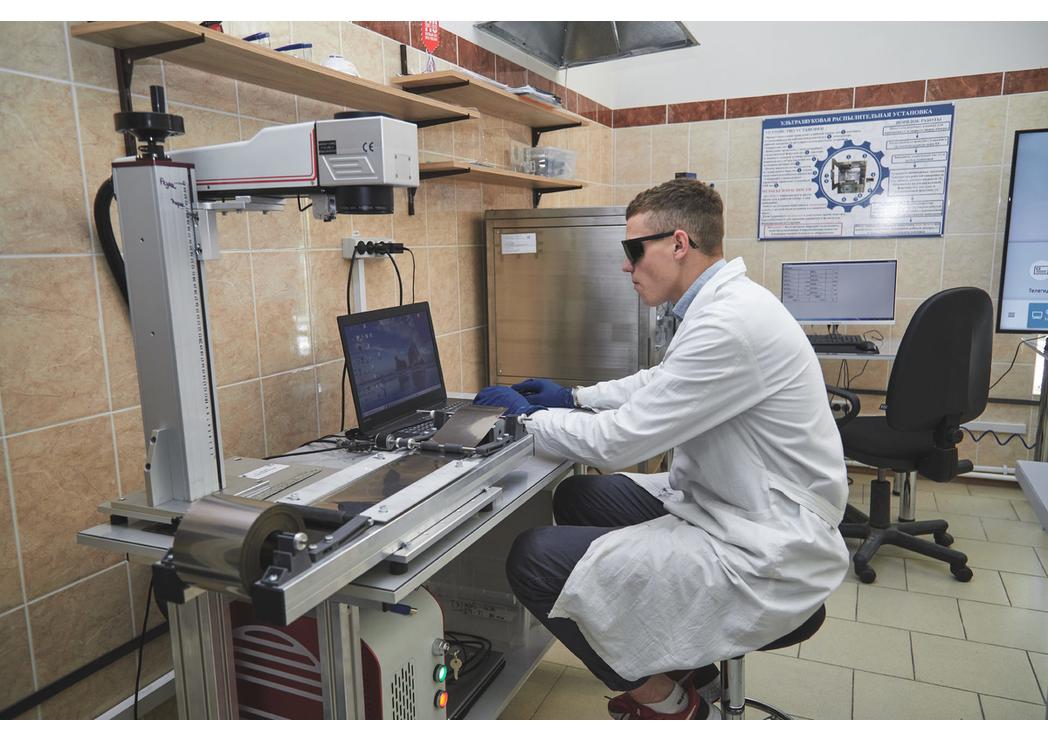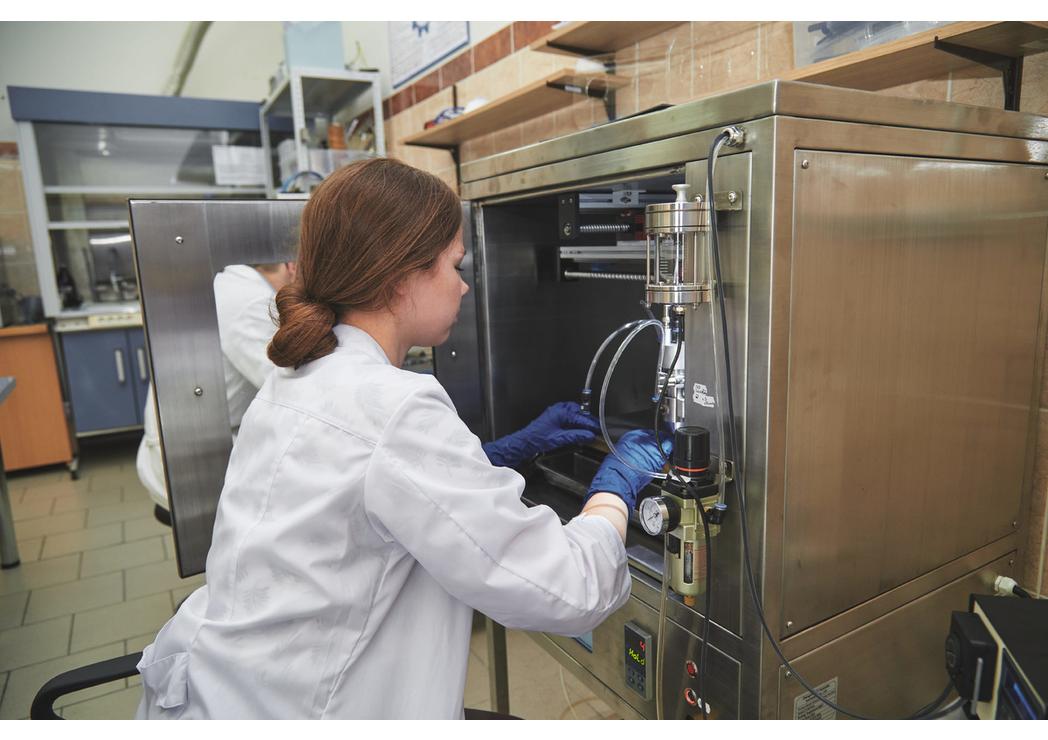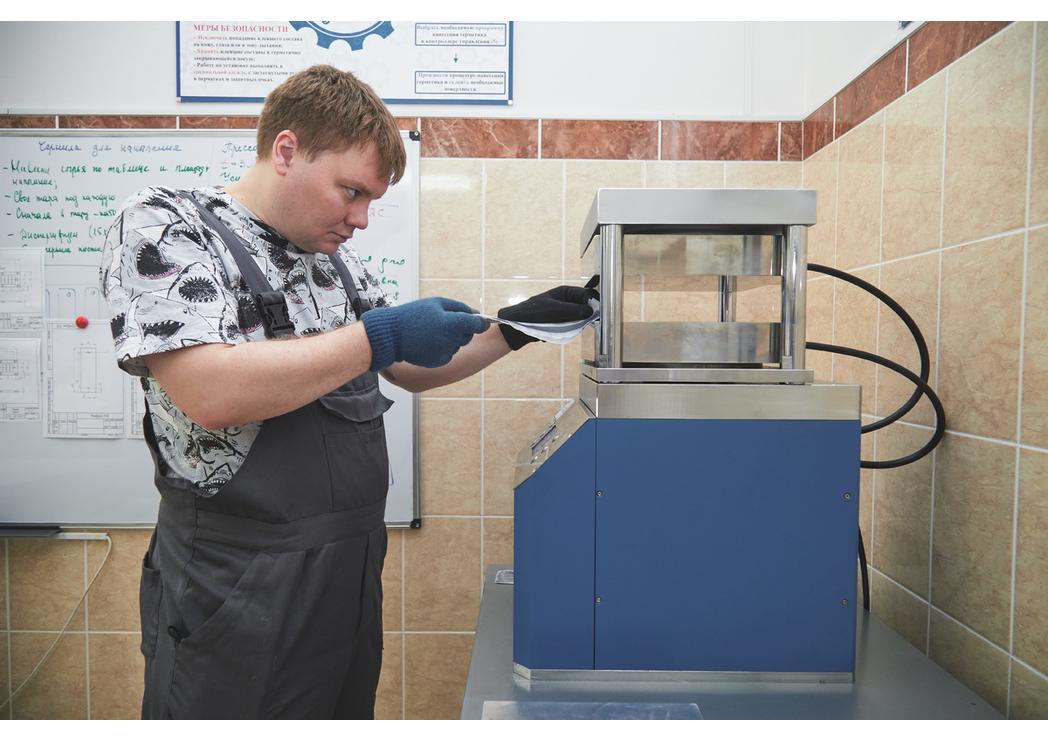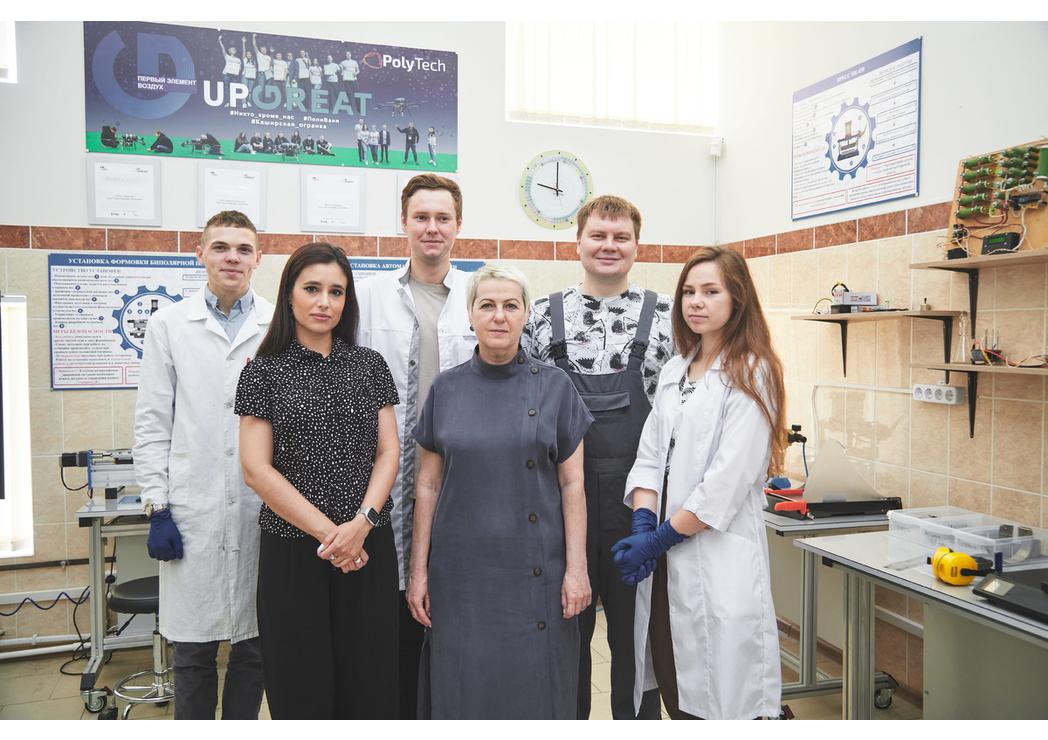The future belongs to hydrogen energy! A team of polytechnic scientists under the leadership of PhD, Professor of the Faculty of technical Sciences N.V. Smirnova, who is developing its own project to create fuel cells, is sure of this.
Scientists of the Faculty of Technology of YURGPU (NPI) started working with the topic of hydrogen as an energy source more than 10 years ago. But then our chemists investigated only a narrow topic - catalysts for fuel cells. The NTI contest "The First Element" helped to activate and significantly expand the field of interests of Novocherkassk scientists. Air." Having taken part in it as part of an interdisciplinary team, being among the finalists and showing the best result, the polytechnics realized that they could well "swing" at creating not only components, but also fuel cells entirely!
- In the process of working on the first power plant for the competition, we realized our potential and became interested in this topic, - Nina Vladimirovna Smirnova said. – There was an idea to develop and launch its own line for the creation of bipolar plates. Such plates are one of the key components of a fuel cell. This is the main structural material that holds the entire element. In addition, bipolar plates perform a number of important functions: current collection, gas supply and separation, heat removal. The characteristics of the device as a whole largely depend on their properties, geometry, and electrical conductivity.
The work on the new project was supported within the framework of the Federal Target Program "Research and Development". The scientists received a grant, with the funds of which they were able to conduct large–scale research, and most importantly, to assemble a prototype of an automated technological line for the production of metal bipolar plates for ultralight fuel cells.
- The power of such elements is 1-2 Kv, they are suitable for robotics, for small unmanned aerial vehicles, such as quadrocopters, from which everything began. Now we have a line for reproducing bipolar plates with precise geometry, with sufficiently high productivity and speed," said Alexandra Kuriganova, senior researcher at the Research Institute of NTNM. Since the main requirement for this class of fuel cells is a minimum weight, we make bipolar plates from titanium, the lightest metal. As part of an automated technological line for the production of metal bipolar plates for ultralight fuel cells: installations for cutting tape blanks, forming plates, welding two halves, a laser for cutting all technological holes, installation of finishing molding, sealing and assembly of single fuel cells (each consists of a membrane electrode block and a bipolar plate). From 30 to 70 plates go into one stack. Depending on the required power and the size of the element, it takes 10 to 20 minutes to create one bipolar plate. Of course, this line needs improvement. That's what we're doing right now.
- The fact that we are already making our stacks and our power plants is an achievement, – says N.V. Smirnova. – Each installation is a complex system that includes a stack of fuel cells, gas flow control units, power electronics, etc. Therefore, we continue and strengthen our interdisciplinary cooperation, in particular with colleagues from the Research Institute of TSK and the Research Institute of Electromechanics. We assembled the line from scratch in a year – with the grant funds, with the participation of LLC "NPP "Intor" and the support of the industrial partner – LLC "Ptero". A company developing unmanned vehicles is interested in using hydrogen fuel cells and is ready to use our development. But today we are already looking ahead, we want to make not only metal, but also composite (carbon fiber) bipolar plates for more powerful fuel cells. There we face other problems and unresolved issues, but we are interested in solving complex problems, and we have already started working in this direction!
An important stage in the development of the project is the entry of YURGPU (NPI) into the scientific and technical Consortium "Technological Hydrogen Valley", which took place recently. Now the development of hydrogen energy is being discussed more than intensively all over the world, and our country is no exception. The task of the consortium, which includes leading scientific teams and industrial enterprises, is to unite the efforts of the Consortium Participants, taking into account mutual research, educational and industrial interests in order to create globally competitive centers of scientific knowledge and develop best practices for the development of research and innovation activities. Consortium members will be able to actively discuss the possibilities of developing hydrogen technologies, the challenges facing the industry, prospects, share plans and best practices. The point of such an association is to show the participants that they can not compete, but help each other. Industrial partners in this cooperation set the bar and dictate the requirements that the achievements of scientists should meet.
- Our employees will be part of the working groups, and our projects will be included in the roadmap of the consortium, - Nina Vladimirovna noted. – I think it will stimulate us and help us in terms of development. – In addition to the project with bipolar plates, since 2020 our team has been implementing a three-year grant within the framework of the state task of the Ministry of Education and Science to create power plants with a capacity of up to 1.5 kilowatts, which should work in various climatic conditions. I think these developments will also be of interest to colleagues in the consortium.
In a word, a team of scientists from YURGPU (NPI) is working at the forefront of domestic developments in the field of hydrogen energy. And in order to catch up with the global level of development in this direction, and then surpass it, Russian science just needs such teams of enthusiasts – talented, enthusiastic, confident in the result.
Keep it up, polytechnics!




